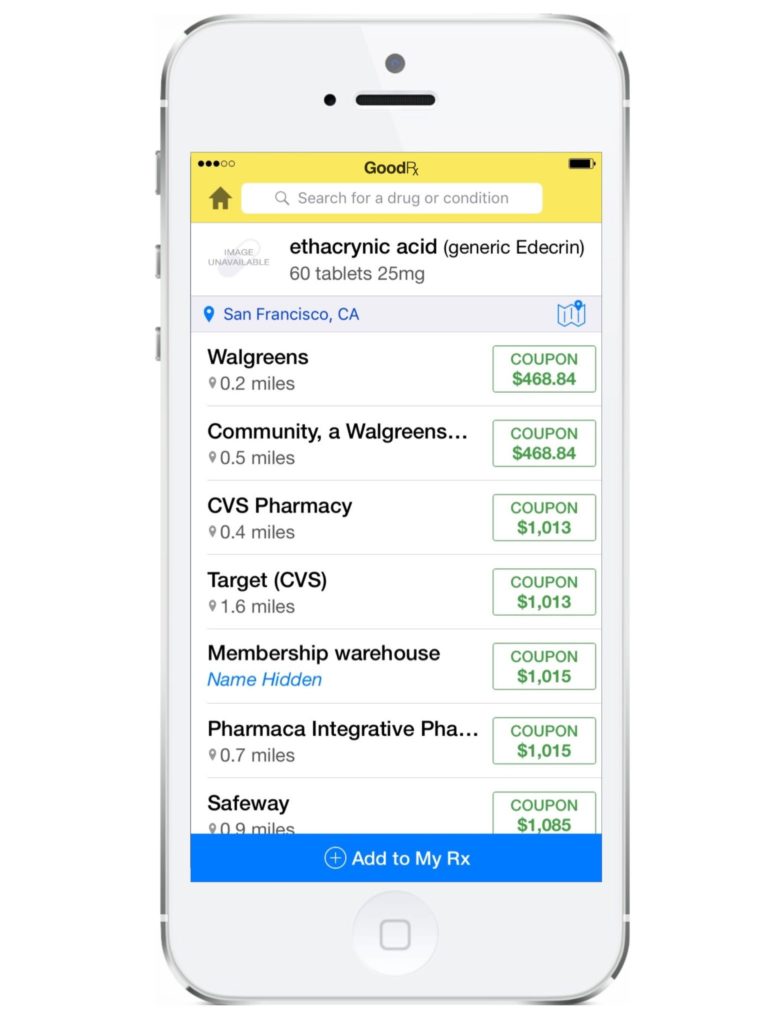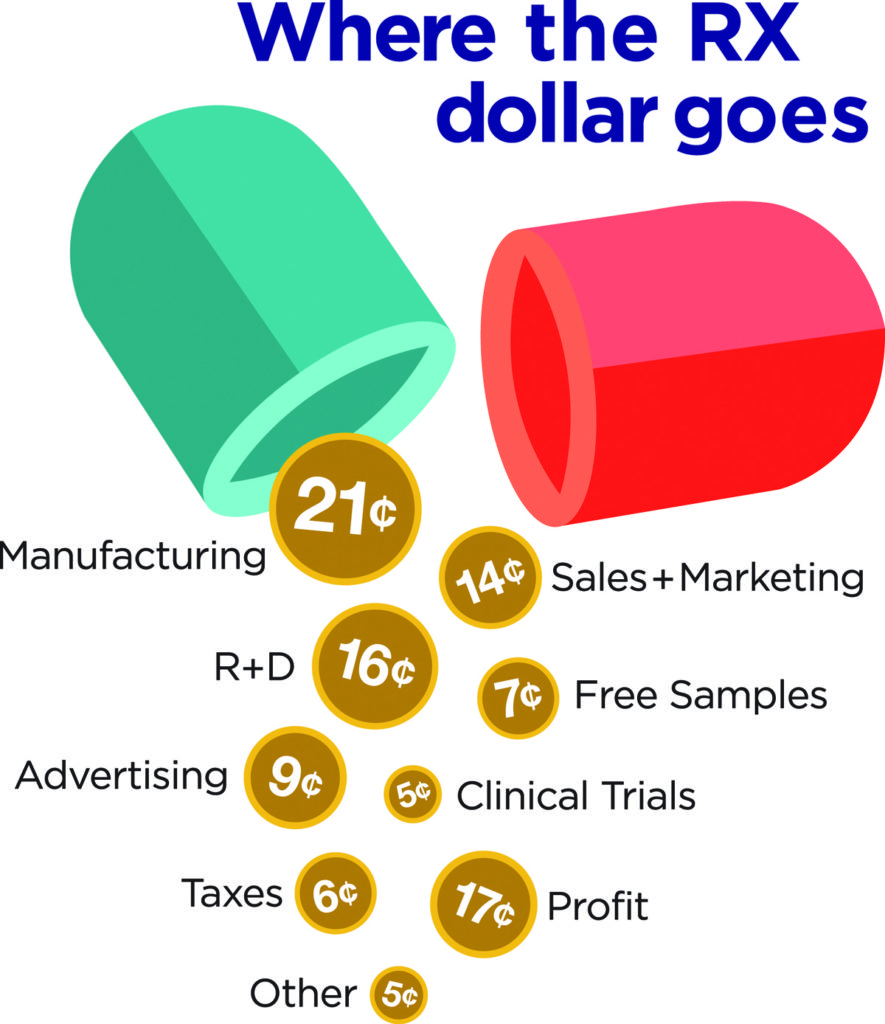Big pharma has a trust problem on its hands. The $600 EpiPen. Shkreli’s greedy misconduct. Soaring co-pays. Patients are as aggravated as you are with the bleak headlines surrounding the state of healthcare. Today, just 9% of Americans believe pharmaceutical companies put patients over profits.1
Pharma’s addiction to outdated marketing models compounds these problems. Over-reliance on rosy, but confusing TV commercials that no one can remember, limit pharma’s ability to reach new audiences. And failed marketing programs do nothing to build trust.
While impressions of the pharmaceutical industry are largely shaped by headlines and polished commercials, industry metrics show that neither has helped to improve public perception. The path to regaining consumer trust is paved with clear goals: Honesty, directness, and transparency.
We know consumers are spending an average of 118 minutes per day on social media and are not watching mainstream television like they used to. In this environment, with customers scanning the Internet for news and answers, social-first marketing is the new standard for patient-centric brand building.
Pharma marketers have long been afraid of social media because of the FDA’s ambiguous guidelines. For brands that have braved their way onto social media, like Restasis, a little browsing reveals that up to 50% of patient questions and comments are about price and affordability. They are suspicious of drug companies and are looking for answers.
Open the Door to Transparency
Building trust is about transparency, and transparency is about details.
The definition of transparent is easily seen through; obvious; readily understood; characterized by accessibility of information.
Transparency allows people to see for themselves, and no place is better designed for this than social media, where you can talk to patients on their terms—in their preferred form—and engage in an open conversation.
Social media’s two-way nature encourages open dialogue. The consumer and brand can see and acknowledge each other. Consumers can question and comment, instead of being talked at by a vague one-way drug advertisement. The ability to converse quickly and efficiently with patients is more important than ever as physicians and pharmacists have less time and fewer opportunities to relay in-depth explanations. Patients prefer it as well.
Pharma brands are finally engaging on social media—cautiously. Many are only dipping their toe, sometimes disabling comments and questions, and distilling messages down to the same sunny promotions they run on television. The good news is that Facebook is listening to the marketing concerns of pharma brands and adding features such as scrolling ISI and Canvas, a post format that allows brands to tell a longer newsfeed story on mobile devices.
With a more modern, transparent approach, brands have the opportunity to build trust and brand loyalty by embracing the openness of social media—and patients get the interaction they expect. This in turn offers an opportunity to promote products in everyday language through in-depth, patient-centered messages that truly answer questions and concerns.
Answer the Most Important Question
Americans are angry about the rising costs of prescriptions. Never-ending disruption to their health insurance plans does not help to clear things up. The hidden truth is that average net prescription prices increased a mere 2.5% in 2016, according to Express Scripts.2 Unfortunately, a damaged reputation has already set in. Not until brands open up to more fact-based, two-way marketing will patients be open to a renewed perception.
Another little-known fact is that drug prices vary wildly between pharmacies and insurance companies. It can be confusing, but it doesn’t need to be. Online companies such as GoodRx are giving patients clear and easily accessible data. By collecting and comparing prices for every FDA-approved prescription drug at more than 70,000 U.S. pharmacies, GoodRx lets patients search for the lowest price at pharmacies in their area.
 Pharma brands themselves could assist the move to transparency by better explaining the costs that go into the price of their drugs, such as in the example below. Why is one drug so much more expensive than another? How much goes into R&D, manufacturing, or profit for the company?
Pharma brands themselves could assist the move to transparency by better explaining the costs that go into the price of their drugs, such as in the example below. Why is one drug so much more expensive than another? How much goes into R&D, manufacturing, or profit for the company?
 Most marketers cannot answer these questions, but wouldn’t it be refreshing to provide these answers for patients? Non-pharma brands like clothing retailer, Everlane, are winning over new customers with an honest, “radically transparent” approach to disclosing costs that go into their prices.
Most marketers cannot answer these questions, but wouldn’t it be refreshing to provide these answers for patients? Non-pharma brands like clothing retailer, Everlane, are winning over new customers with an honest, “radically transparent” approach to disclosing costs that go into their prices.
Be a Transparency Pioneer
Pharmaceutical marketers need to tackle trust issues with their patients head-on. Work to win them over at every touchpoint. Take the opportunity to meet patients where they are, with answers to the burning questions they have. The essential tool is transparent marketing, which can help you earn the trust your drug brand needs and give patients the answers they deserve.
Daunted by the idea of transparency? Don’t be. Just look at what patients are saying about your company or drug on social media. You’ll find that certain questions come up again and again. Start crafting answers. Get them approved. Allow people to ask you questions directly on social media, and then give them answers. Show patients you have nothing to conceal and you will win their lifelong trust.
References:
2. http://www.biopharmadive.com/news/express-scripts-drug-report-2016/435560.









